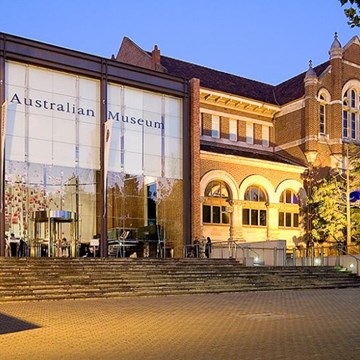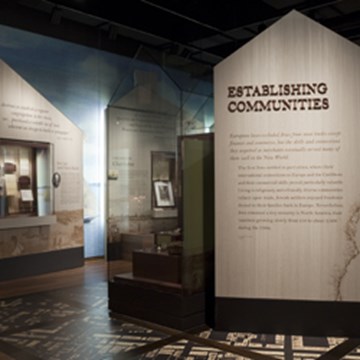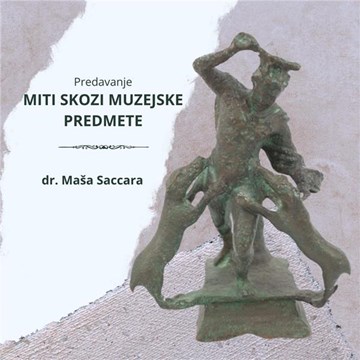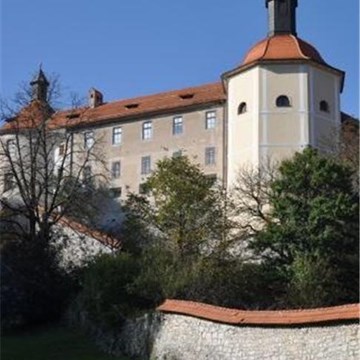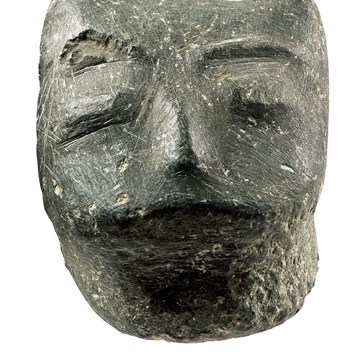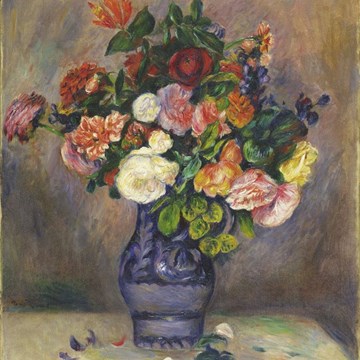Casa Museo di Antonio Gramsci
The Antonio Gramsci house is in the historic centre of Ghilarza, a city of about 4,500 residents in the Oristano Province (Sardinia), and where he lived from the age of 7 to 20 years, 1898 to 1911.The house was built in the early years of the nineteenth century of basalt, a volcanic rock often used in houses typical of central Sardinia. Of a simple and dignified appearance, it consists of two storeys, with the only decorative element on the front being the balcony and its wrought iron railings.
The interior, which has been well preserved, has 6 bedrooms, 3 on the ground level and 3 on the upper level, and is now used as a museum. The connection between the two storeys is still a stairway in its initial position, and the series of rooms remains almost entirely faithful to their original use as living quarters. In the rear courtyard, which still has its cobblestones with flower beds marked off with stones and tiles, there is a small building called the sa ‘omo ‘e su forru (the oven house).
Renovation measures that were done over time did not much alter the structure of the property, which as a whole has kept its original appearance.
The house, the city of Ghilarza and the surrounding area were, for Antonio Gramsci, places full of memory and affection to which he returned many times with notes of aching homesickness. These environments were described in Letters from Prison and Prison Notebooks or in the records by his early biographers.Exhibitions and events
We don't have anything to show you here.
Educational programs
We don't have anything to show you here.
Collections
We don't have anything to show you here.


